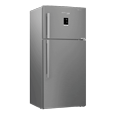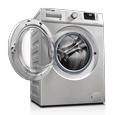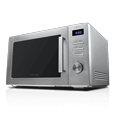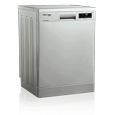

Our Blog
Everything you need to know
about our products & more
Subscribe
Dishwasher Machine - How Does It Work? How to Use it for the First Time?
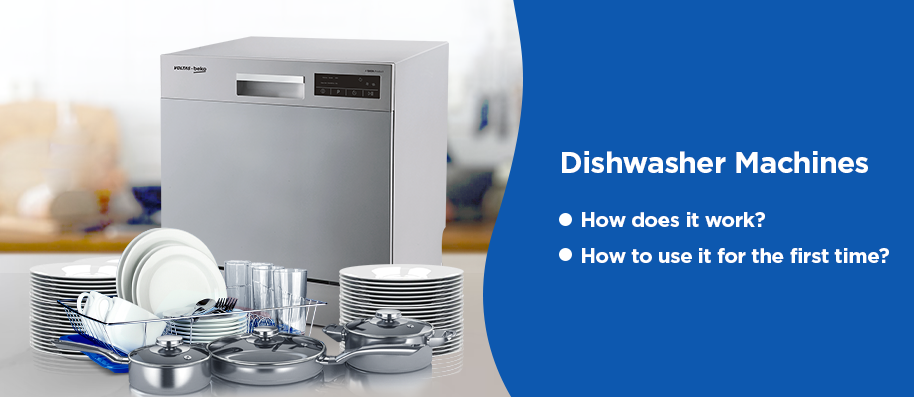
Welcome to the world of hassle-free dishwashing! The dishwasher machine has revolutionised kitchen chores by providing a convenient and efficient way to clean dirty dishes. Installing dishwashers in kitchens can help save both labour and energy. Compared to washing dishes manually, a dishwasher consumes less water. However, it is crucial to utilise your dishwasher correctly to ensure its optimal performance. Nothing is more annoying than opening the dishwasher after a cycle only to find remnants of food and water spots that require additional cleaning. Read on to learn how to use a dishwasher machine correctly.
Learn How Dishwashers Machine Works
Dishwasher machines operate on a simple yet efficient mechanism that involves multiple stages to ensure thorough cleaning. Here’s an overview of how a dishwasher works:
Loading - Arrange dirty dishes, glasses, utensils, and cookware in the dishwasher’s racks. Make sure to place them in a way that allows water and detergent to reach all surfaces.
Pre-rinsing - While most modern dishwashers are designed to handle dirty dishes without pre-rinsing, you may choose to scrape off excess food particles for better results.
Detergent dispensing - Add the appropriate amount of dishwasher detergent to the designated dispenser in your dishwasher. Follow the manufacturer’s instructions for the recommended dosage.
Water Filling - Once the dishes are loaded, and detergent is added, the dishwasher will fill hot water from your home’s water supply. The water is typically heated to high temperatures for optimal cleaning.
Spraying and Cleaning - The dishwasher’s spray arms distribute pressurised water mixed with detergent across the dishes, effectively removing food particles and grease. Some dishwasher machines for the home include additional features such as jets and specialised wash cycles for specific cleaning needs.
Rinse and Drain - After the cleaning cycle, the dishwasher drains the dirty water and rinses to remove any remaining detergents and residue.
Drying - Depending on the dishwasher model, the drying process may involve heated or fan-assisted drying to ensure the dishes are thoroughly dried and ready for use.
How to Use a Dishwasher Machine for the First Time at Home
Here are step-by-step instructions to help you use a dishwasher for the first time
Read the Manual - Familiarise yourself with the specific features, controls, and guidelines provided by the manufacturer. This will help you understand the dishwasher machine’s functionality and maximise its performance.
Loading the Dishwasher - Arrange the dirty dishes in the dishwasher’s racks, ensuring proper spacing and avoiding overcrowding that may hinder effective cleaning.
Add Detergent - Place the appropriate amount of dishwasher detergent into the designated dispenser. Refer to the manufacturer’s instructions for dosage recommendations based on water hardness and load size.
Select Wash Cycle - Choose the appropriate wash cycle based on the level of soiling and the types of dishes being washed. Standard options include regular, heavy-duty, quick wash, and delicate cycles. Some dishwashers may also offer specialised settings for items like glassware, pots, and pans.
Additional Settings - Adjust additional settings or features, such as temperature selection, delayed start, or extra rinse, based on your preferences and requirements.
Start the Dishwasher - Close the dishwasher door securely and press the start button or select the start option on the control panel. The dishwasher machine will begin the cleaning cycle as per your chosen settings.
Unloading - Once the dishwasher completes the cycle and indicates the cleaning is finished, carefully open the door and unload the clean, dry dishes.
Now that you know how to use your dishwasher, you can make the most of your appliance and enjoy the convenience of effortless dishwashing. Whether you have a tabletop dishwasher, a countertop dishwasher or an automatic dishwasher in your kitchen, understanding how the dishwashers work and using them correctly will simplify your dishwashing routine and leave you with sparkling clean dishes every time.
Tag Cloud
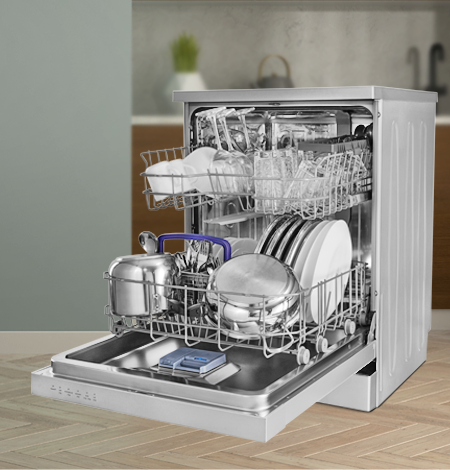
Cooking a full meal is a very tough, ‘multiple-tasks-multiple-processes’ kind of activity. Adding the volatile
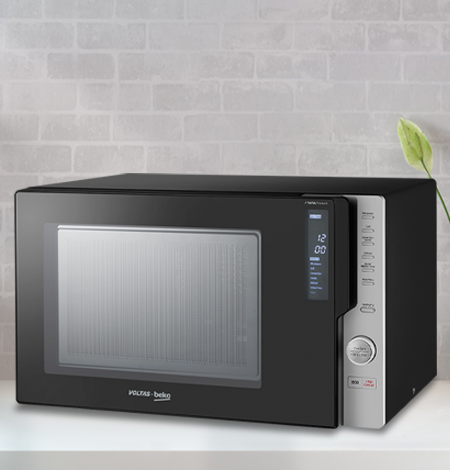
Believe it or not, most of us who like to have a midnight snack like
Subscribe
Popular Blogs
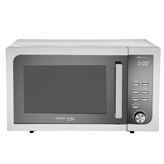 What is a Grill Microwave Oven & How to Choose One? | Voltas Beko
What is a Grill Microwave Oven & How to Choose One? | Voltas Beko
What is a grill microwave oven?
If you ever shopped for a microwave online or at the store, no doubt you may have come across several types of microwaves. A microwave
Read More... How do I choose a dishwasher?
How do I choose a dishwasher?
Having an empty basin was a myth until the invention of the dishwasher. We understand what a hassle it is to wash the dishes and crockery, and if you have
Read More... Smart Ways To Maximize Your Fridge Space
Smart Ways To Maximize Your Fridge Space
To remove things from and to place things in a messy refrigerator can be a headache. Therefore, it is better to organize and compartmentalize food items. Maybe you have extra
Read More...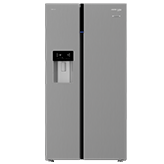 Interesting Facts About Side by Side Refrigerator
Interesting Facts About Side by Side Refrigerator
When shopping for a refrigerator, you have a choice between a single door and a side by side double door fridge. How often have you brought a month’s worth of
Read More...Recent Blogs
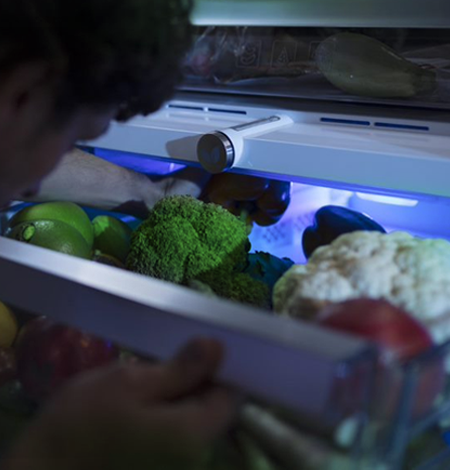 Organise Your Fridge: Best Guide to Manage Storage Inside - Know How
Organise Your Fridge: Best Guide to Manage Storage Inside - Know How
Have you ever had trouble finding that hunk of cheddar cheese you could swear you had in your fridge? Or have you ever made a trip to the grocery store
Read More...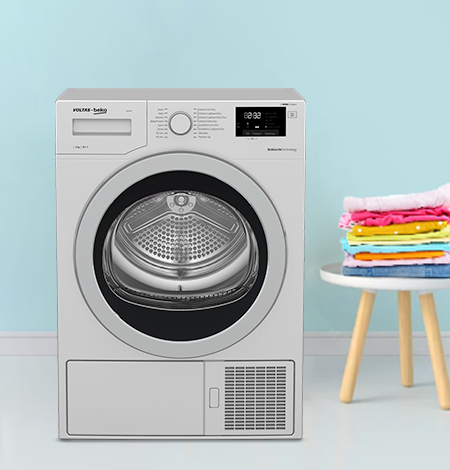 Can You Wash & Dry Shoes in Washing Machine - How to Guide
Can You Wash & Dry Shoes in Washing Machine - How to Guide
Clean and well-maintained shoes reveal much about an individual’s character, values, habits, and overall lifestyle. They can help create a good first impression. However, manually washing shoes requires a lot
Read More...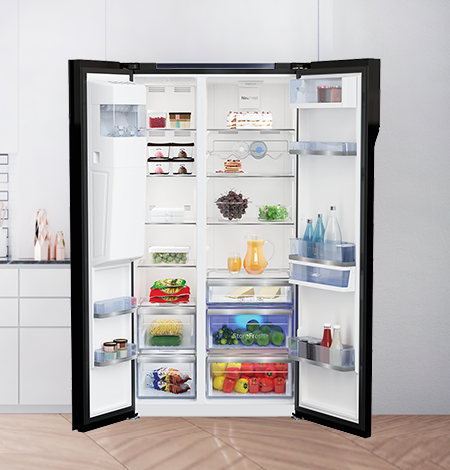 NeoFrost™ Dual Cooling Fridge by Voltas Beko - What Advantage Does That Serve?
NeoFrost™ Dual Cooling Fridge by Voltas Beko - What Advantage Does That Serve?
Imagine you’re hosting a party at your house and have invited your friends over. You ask them to grab some cold drinks from the refrigerator. However, the moment they open
Read More...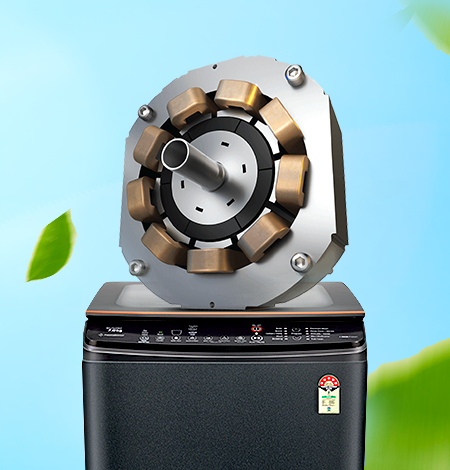 Energy Efficient Washing Machine by Voltas Beko Can Cut Electricity Bill Easily
Energy Efficient Washing Machine by Voltas Beko Can Cut Electricity Bill Easily
Have you ever looked at your electricity bill and wondered how it got so high? With the increasing living costs, it is important to take every necessary step to cut
Read More...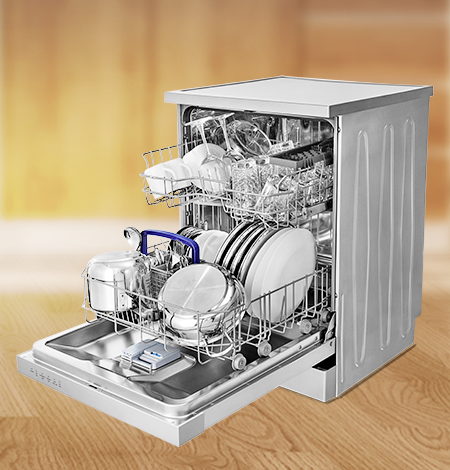 5 Reasons Why You Should Buy a Voltas Beko Full-Size Dishwasher
5 Reasons Why You Should Buy a Voltas Beko Full-Size Dishwasher
Dirty utensils in the sink are always displeasing. They not only look repulsive but also remind you of the impending task of washing them. If not cleaned on time, the
Read More...


